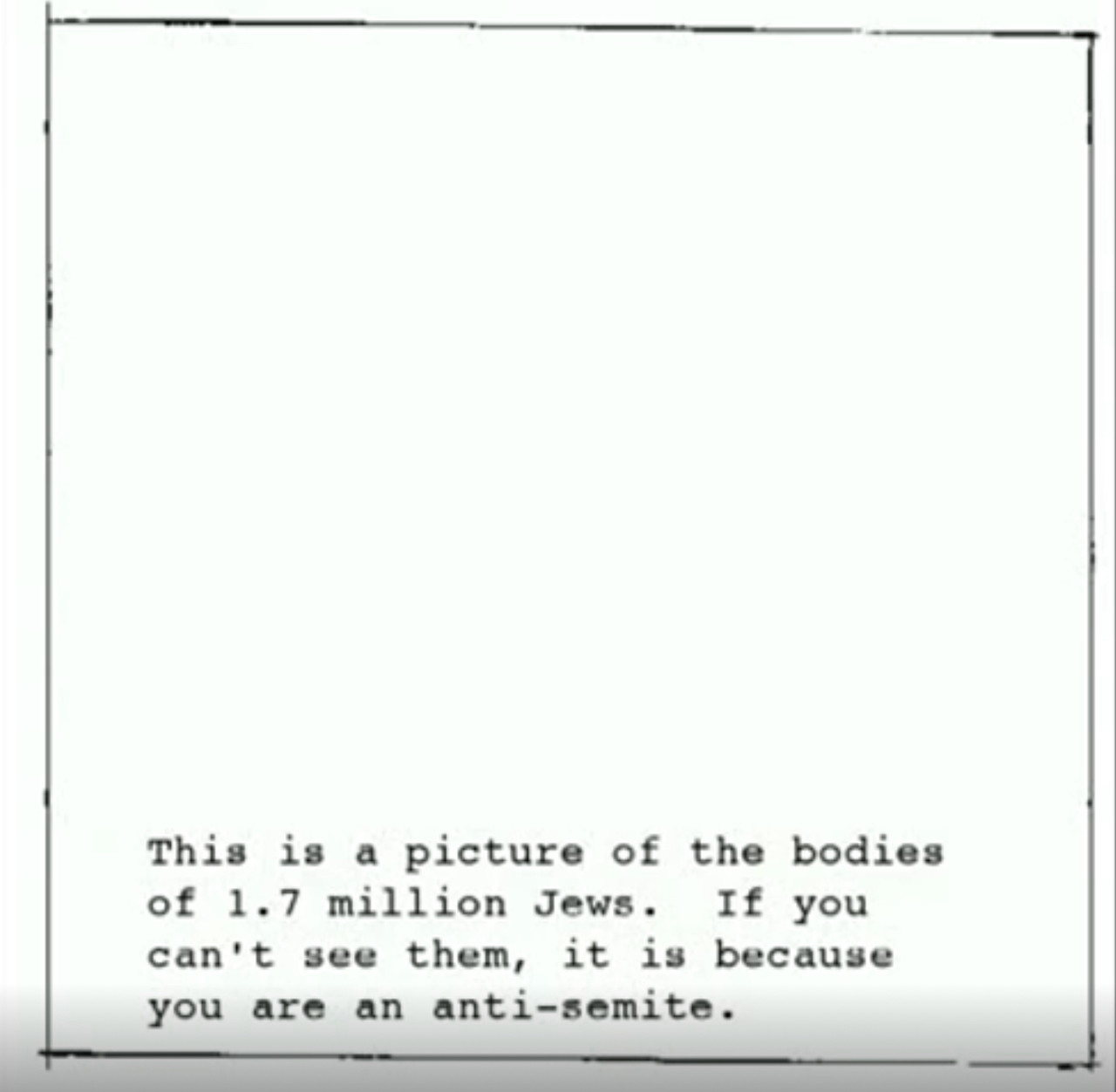Stubble wrote: ↑Tue Nov 11, 2025 10:26 pm
Goldfarb knew what Pravda was saying and so did Wernick.
The 'chlorine' made it into the aether. The Soviet got what they wanted to hear, which confirmed their propaganda.
Is there a specific article from
Pravda mentioning the chlorine gas chamber with roof hatch? I checked the usual sources, but no references.
On the plus side, I found the
Pravda "steam chambers" article referenced by Mattogno in TORC (page 115).
No. 103, April 21, 1943, top right article of page 4
According to this book
Treblinka: Research, Memories, Documents, this is how the Soviets got a copy of
A Year in Treblinka.
One copy of the brochure, published in Polish, found its way to the village of Ceranów [about 12 km / 7.5 miles directly east of T-II]. After its liberation by the Red Army in the summer of 1944, a local resident, Fabisyan, gave it to Soviet investigators investigating Nazi crimes in the Treblinka camps. The translation was completed by Lieutenant Kazachkov by August 15, 1944. Ten days later, the typescript was certified by the records office of the Information Department of the Political Directorate of the 1st Belorussian Front. The document was then forwarded to the military prosecutor's office. On August 29, General Galadzhev, head of the Political Directorate of the 1st Belorussian Front, sent a report (registered on September 2) to A.S. Shcherbakov, head of the Main Political Directorate of the Red Army. In it, he reported on the investigation into the Treblinka camp, where, according to available data, 3 million people were exterminated – "Poles, Jews, French, Bulgarians, and other nationalities."A translation of J. Vernik's brochure was enclosed with the letter. On September 25, 1944, Guards Major of Justice Mazor, Deputy Military Prosecutor of the 65th Army, added a copy of the memoirs to the general file. Judging by the marginal notes, the Extraordinary State Commission for the Establishment and Investigation of German Crimes was most interested in those stories that referenced Katyn and the uprising of August 2, 1943. The memoirs presented did not fit with the general policy—not to single out the extermination of Jews, but to emphasize that the peoples of all Europe were victims of Nazi crimes—and, likely for this reason, they were not published in Russian.
Also, it claims that the first English translation had numerous missing sentences from the Polish, and they're right about that. The Donat translation restores some of them, but not all.
the differences between these versions are not limited to text structure and style (the Polish version is closer to colloquial speech, with more abrupt sentences, while the English translation has given the narrative a more journalistic and coherent tone). They are also semantic: the translators omitted phrases that both added elements of imagery and emotion to the text and provided additional details. The most significant differences, in our opinion, relate to the number of gas chambers and the number of corpses destroyed: the Polish version mentions 3.5 million, which is consistent with the exaggeration of the scale of the killings by the prisoners themselves, while the first English translation omits this figure altogether. It is worth noting that many such omissions were restored in subsequent translations.
Source
"Those crazy Poles, exaggerating the death toll to 3.5 million! We Soviets are much more reasonable. We know it was 3.0 million."

I'm not sure where any of this research is going, if anywhere.
